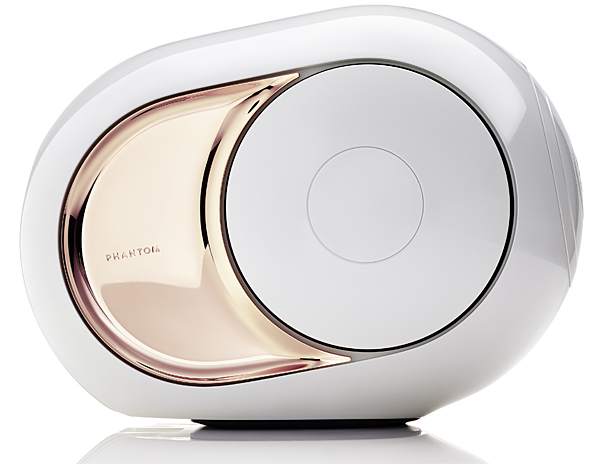| Columns Retired Columns & Blogs |
I've spent decades associating with "Hairshirt" ( JA's term ), Lunatic Fringe Audiophiles ( pretty much, like myself ).
But
I've loved ( and imported ) Meridian Active Loudspeakers, which never sold well to USA Audiophiles or USA households, as far as I can tell.
I'm figuring these Phantoms are for the Female Stereophiles out there, the ones that have Decorated Homes, who Live and function with their iPhones. Those Women that make decisions and their fascinated Grandchildren who will rest their hands on these devices while it plays music.
This system sure is pretty!
But not in the same way as a pair of Magnapans, a pair of mono tube amps and a 6 foot pair of Music Hose MH750.
I have it in my Will that my Casket will have my collection of 6sn7 tubes.
But then again
I wonder if I could live with a simple, clean system like this one,
it sure would make life easier.
Tony in Michigan










































